|
|
|
|
[Index]
[Back] |
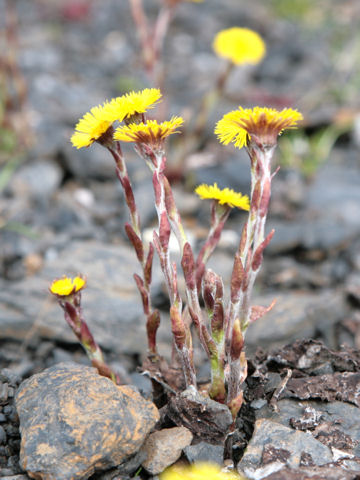 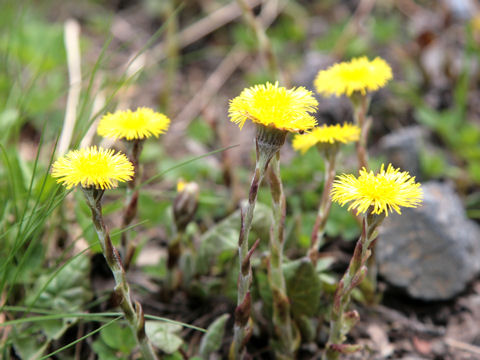 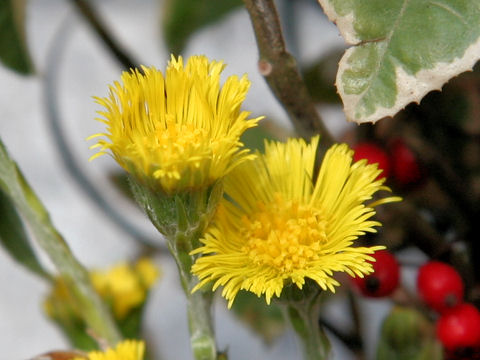 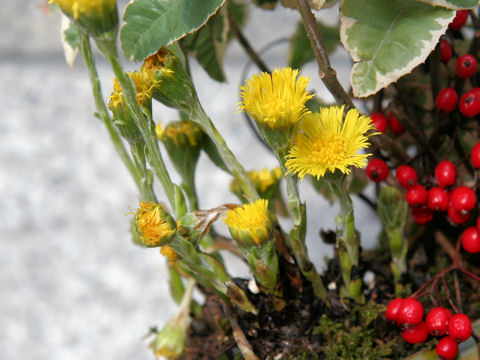 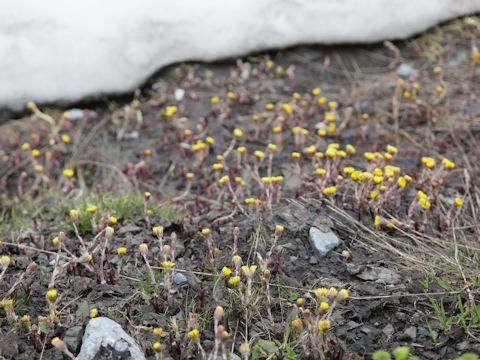 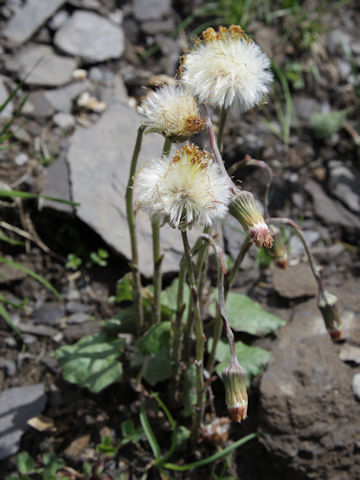 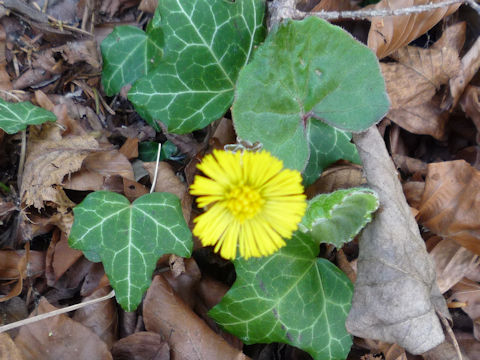 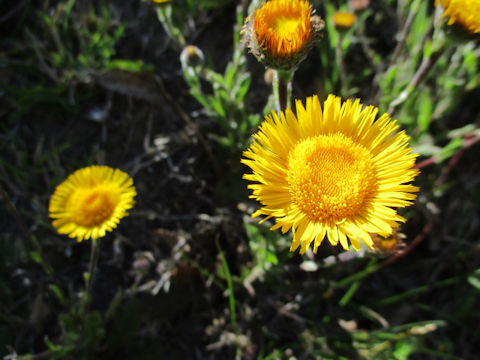 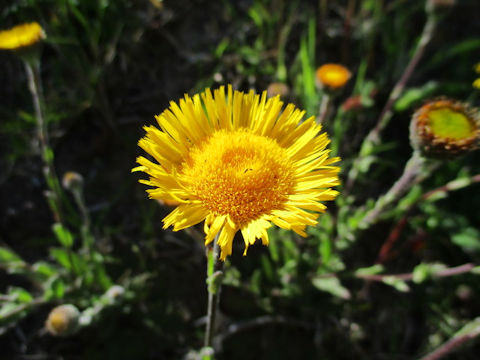 |
|
|
|
[VA太´YÅ·B¹Î½â¼Á½êÈÇɶ¦A³ÍW`STZ`ÉÈèÜ·B¨àÉnºsðLεÄLªèÜ·BZÎFètÍÔãÉÅÄA嫳⩽¿ªu²Ú¤vÉĢܷBṯëAQ©çTç¢É©F¢Ôð穹ܷBªÔ̼aÍQ`RZ`ÙÇÅ·B |
|
|
LNÈtL^||®Ì½NÅAw¼Í Tussilago farfaraBp¼Í ColtsfootAHorsehoofB |
|
|
The Coltsfoot (Tussilago farfara) belongs to Asteraceae (the Aster family). It is a perennial herb that native to Eurasia. This herb grows in roadsides and waste places and can reach 8-45 cm in height. It spreads mainly through underground rhizomes. The leaves appear only after the flowers have gone, and are deep green, somewhat similar in size and shape to those of cocklebur. Coltsfoot blooms very early spring, February to May. This flower is yellow and 2-3 cm across. |
|
|
[ãEP] XCXExBOfgÉÄA2008N0619úBeB(photo by Jon Suehiro) [QER] ¤m§túäsutúässsλA¨vÉÄA2007N0112úBeB [S] XCXExBtBXgÉÄA2013N0628úBeB(photo by Jon Suehiro) [T] XCXExBOfguobnAv[[vÉÄA2009N0629úBeB(photo by Jon Suehiro) [U] NA`AEvgBbcFuÎQ§övÉÄA2012N0430úBeB(photo by Aya Suehiro) [VEº] |gKEZgnûCAsÉÄA2024N0525úBeB(photo by Yumi Gunji) |
|
|
|
Shu Suehiro |